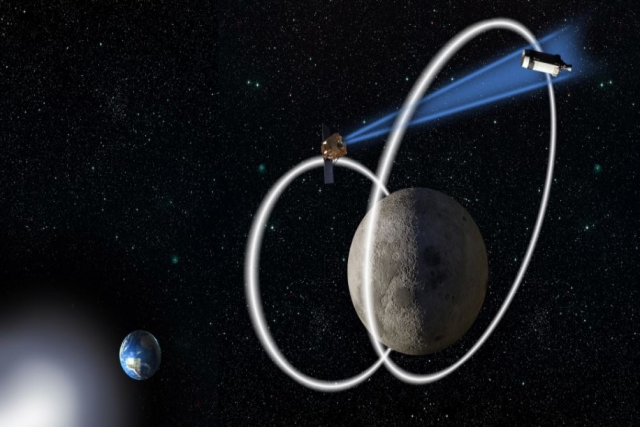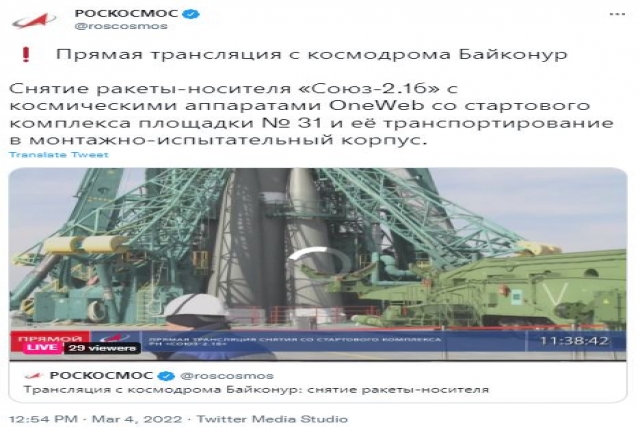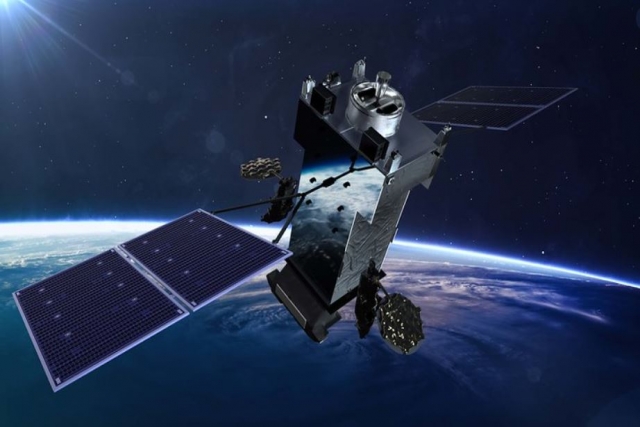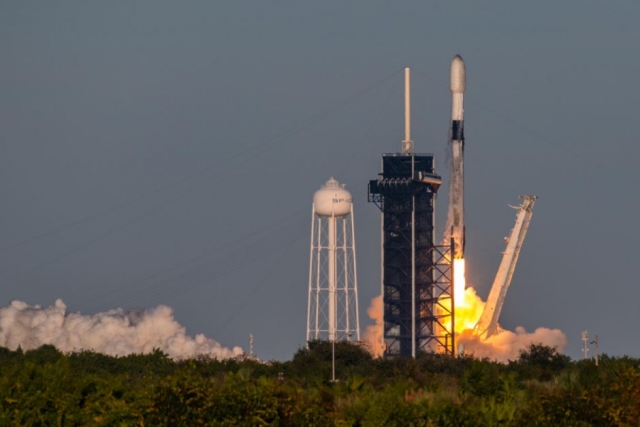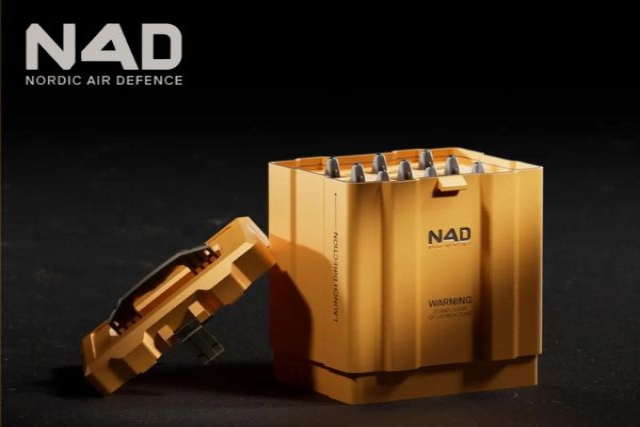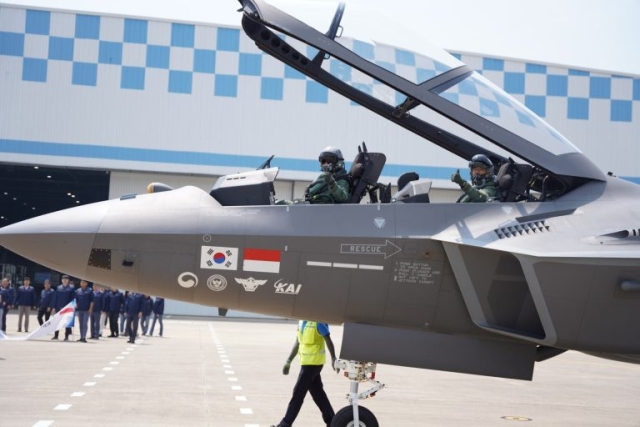Russian Scientists Develop Ultra-High-res Camera for Proposed Small Satellites Constellation
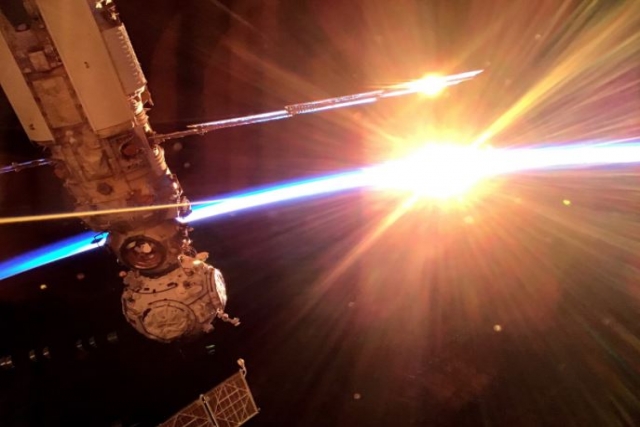
Russian Space Systems(RKS), part of "Roscosmos" has developed high-resolution orbital scanning devices for the proposed small satellites constellation.
The technology is based on the use of unique material produced by the Shvabe holding of the Rostec State Corporation as part of the satellite observation equipment - silicon carbide.
The new system will allow Russia to conduct continuous detailed photo and video shooting of events on Earth in ultra-high resolution. Specific structural materials, such as silicon carbide, are used to reduce the mass and dimensions of spacecraft lenses.
From silicon carbide produced by the Lytkarinsky Optical Glass Plant the optical circuit of the device - a multizonal scanning device - were made. Previously, steel, aluminum or titanium were used for these purposes. The use of the new material makes the device insensitive to temperature changes in space, greatly facilitates its weight and eliminates even the temporary deformation of the outer shell of the device under the influence of an aggressive environment, Said Evgeny Nesterov, Deputy Director General of the RKS for Strategic Development and Innovations in a Rostec release
"Silicon carbide is one of the most promising composite materials for the aerospace industry. It has a high specific rigidity, strength and thermal conductivity. Such qualities make it possible to create optical devices from it that work in conditions of extreme temperature drop and prevent changes in image quality during operation," said Oleg Yevtushenko, Executive Director of Rostec.
Satellites with RKS equipment, operating today in orbit, are equipped with instruments for shooting in small and medium spatial resolution.

Now the RKS is creating space telephoto lenses for surveying the Earth with ultra-high spatial resolution: less than 1 meter. This is a new important competence for the Russian space market – the creation of space cameras of the optical range of ultra-high spatial resolution for small spacecraft.
It is planned to build a large number of such satellites - from several dozen.
A swarm of such devices will shoot the Earth in ultra-detail mode and conduct continuous video shooting of the surface of our planet.
"The use of the latest technologies in scanning equipment for the first time in Russia will allow not only to "photograph", but also to conduct video surveillance of events and processes on the earth's surface. For example, when one of the small satellites moves over a particular region, it turns on video at the time of the flight of the desired area.
When a convenient point of view begins to "close", at this time another spacecraft already enters the observation zone and "intercepts" the task. Thus, we will be able to monitor online local incidents, the progress of construction of facilities, natural phenomena, industrial, agricultural activities and many other processes. And everything will be seen in detail," said Yuri Hektin, chief designer of the RKS direction.
Silicon carbide also makes it possible to install new imaging equipment on small satellites weighing up to 120 kg. On satellites that operate in orbit today, the mass of survey equipment alone can reach 500 kg, which affects both the total cost of the satellite and the cost of its launch into orbit.
As part of the prospective research, RKS specialists are conducting experimental work on the use of silicon carbide in the survey equipment of promising hydrometeorological satellites of the Arktika-M, Elektro-L, Meteor-M systems for the manufacture of survey equipment for geostationary satellites - the so-called MSU-FUEL.
Similar equipment is equipped with the eponymous satellite of the Arktika-M system for observing the polar regions of the Earth and organizing navigation in the northern zones of permafrost. The use of the new material will increase the quality of the image of geostationaries by an order of magnitude and reduce the total mass of satellites, using the released kilograms to install additional survey subsystems on board and expand the functionality of Russian remote sensing satellites.
